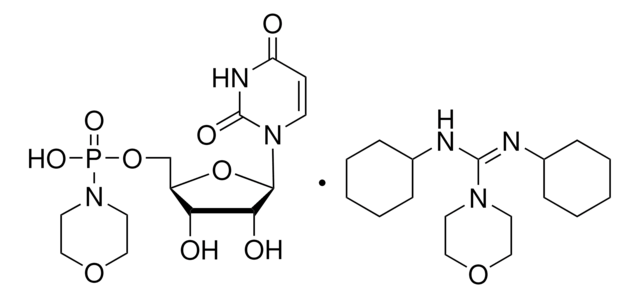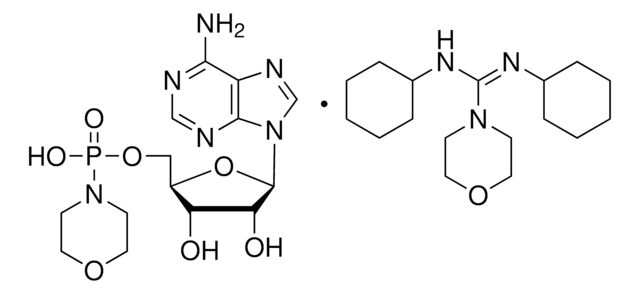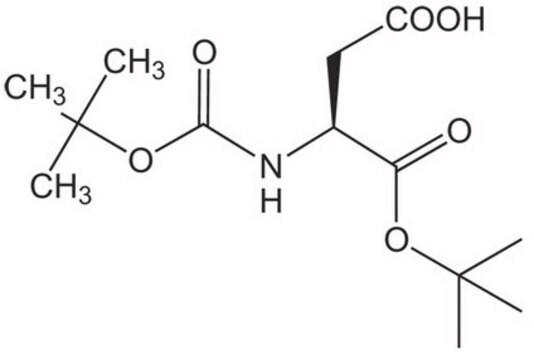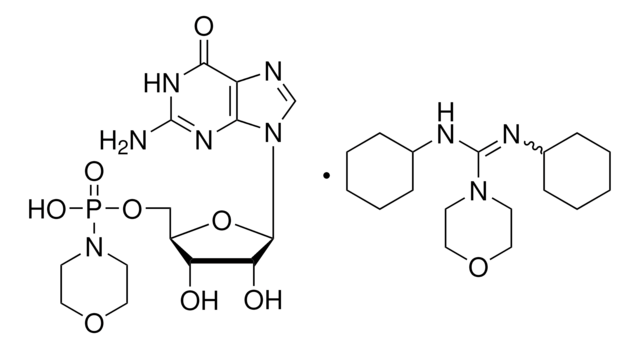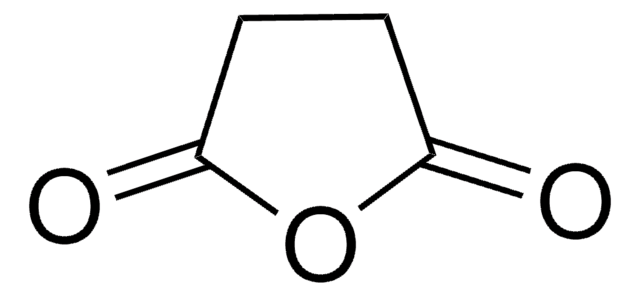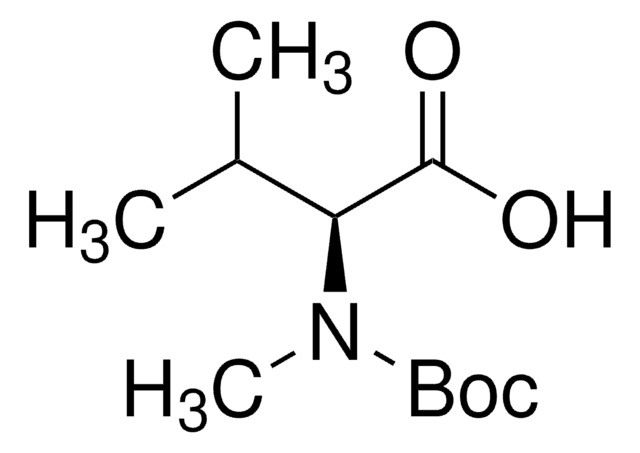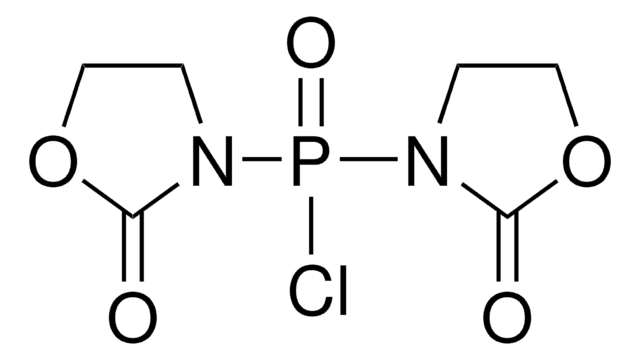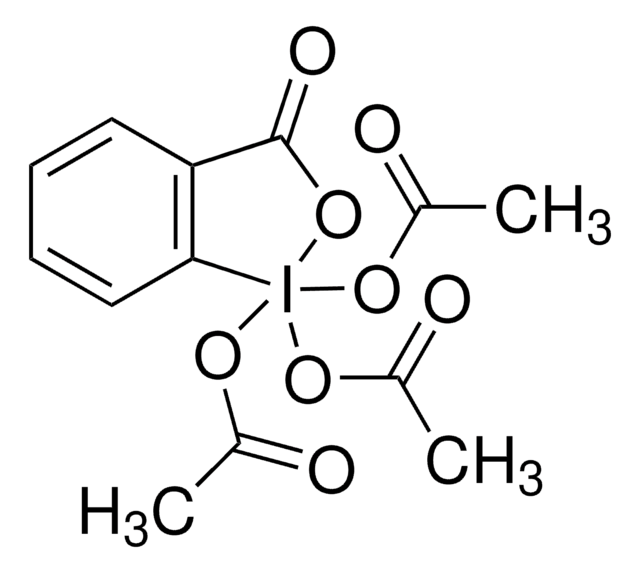163201
N,N′-Dicyclohexyl-4-morpholinecarboxamidine
98%
Sign Into View Organizational & Contract Pricing
All Photos(1)
About This Item
Empirical Formula (Hill Notation):
C17H31N3O
CAS Number:
Molecular Weight:
293.45
EC Number:
MDL number:
UNSPSC Code:
12352100
PubChem Substance ID:
NACRES:
NA.22
Recommended Products
Assay
98%
mp
105-107 °C (lit.)
functional group
amine
ether
SMILES string
C1CCC(CC1)N\C(=N\C2CCCCC2)N3CCOCC3
InChI
1S/C17H31N3O/c1-3-7-15(8-4-1)18-17(20-11-13-21-14-12-20)19-16-9-5-2-6-10-16/h15-16H,1-14H2,(H,18,19)
InChI key
OZNYZQOTXQSUJM-UHFFFAOYSA-N
General description
N,N′-Dicyclohexyl-4-morpholinecarboxamidine is kidney-selective ATP-sensitive potassium blocker. It is an an orally effective nonkaliuretic diuretic in rats.
Application
N,N′-Dicyclohexyl-4-morpholinecarboxamidine was used as reagent in the synthesis of alkoxyalkyl analogs of nucleotide phosphonates, cidofovir and cyclic cidofovir.
Signal Word
Warning
Hazard Statements
Precautionary Statements
Hazard Classifications
Eye Irrit. 2 - Skin Irrit. 2 - STOT SE 3
Target Organs
Respiratory system
Storage Class Code
11 - Combustible Solids
WGK
WGK 3
Flash Point(F)
Not applicable
Flash Point(C)
Not applicable
Choose from one of the most recent versions:
Already Own This Product?
Find documentation for the products that you have recently purchased in the Document Library.
S C Perricone et al.
Journal of medicinal chemistry, 37(22), 3693-3700 (1994-10-28)
Random screening identified N,N'-dicyclohexyl-4-morpholinecarboxamidine (U-18177, 1) as an orally effective nonkaliuretic diuretic in rats. The diuretic profile of 1 and its 1-adamantyl analog (U-37883A, 4) was confirmed orally in dogs, when they were less potent than standard diuretics but showed
Earl R Kern et al.
Antimicrobial agents and chemotherapy, 46(4), 991-995 (2002-03-19)
The nucleotide phosphonates cidofovir (CDV) and cyclic cidofovir (cCDV) are potent antiviral compounds when administered parenterally but are not well absorbed orally. These compounds have been reported to have activity against orthopoxvirus replication in vitro and in animal models when
Yuji Kamata et al.
Hypertension research : official journal of the Japanese Society of Hypertension, 32(3), 220-226 (2009-03-06)
It is suggested that an ATP-sensitive potassium channel blocker suppresses sodium-induced hypertension through increased secretion of urinary kallikrein. We reported that glibenclamide, an ATP-sensitive potassium channel blocker, accelerated dose-dependent secretion of renal kallikrein in sliced kidney cortex and in vivo
Our team of scientists has experience in all areas of research including Life Science, Material Science, Chemical Synthesis, Chromatography, Analytical and many others.
Contact Technical Service